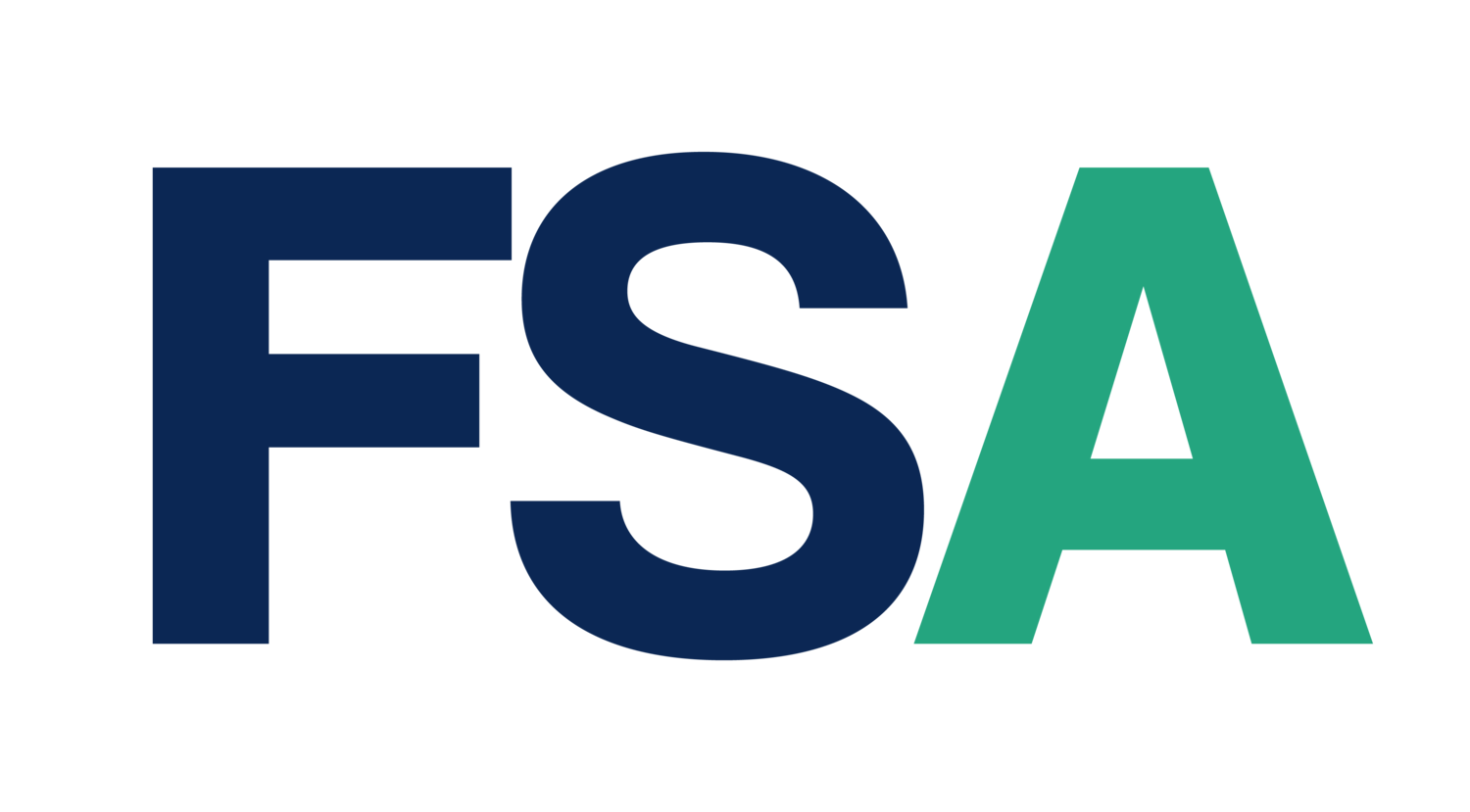Make Email Marketing More Effective For Your EdTech Business
Nurturing vs. SDR emails.
There’s been an ongoing debate on what these terms actually mean. Most teams use nurture email sequences and SDR emails interchangeably, but they’re slightly different.
Many EdTech companies keep their marketing and sales’ teams separate, but both teams feed the sales cycle, so it’s vital for everyone to be on the same page.
Not all emails are created with the same intent.
Sales development representatives for EdTech companies often help close the deal directly for sales teams while an email nurture sequence moves those qualified leads down the sales funnel.
How to anticipate and handle objections from district administrators with ease
Both SDR emails and nurture sequences need to address pain points and handle objections. In the education space, this needs to be a top priority for your business.
District leaders and teachers are skeptical like any other consumer. That’s why it’s so important for email marketers and SDR’s to anticipate these objections with confidence. In fact, objections are the building blocks of creating trust and credibility for your business. Anticipate these gaps with powerful responses.
Donald Miller’s Building A Storybrand talks about the 3 types of problems behind buying: external, internal, and philosophical. Most businesses only focus on the external problems educator’s face, but educators rarely buy for external reasons.
Here’s a list of common objections found in the education industry and how to confidently address each one:
“Your product is too expensive. We don’t have the budget.”
Price will always be an objection, so it’s best to have both teams and email copies prepped. You can always build out an SDR script if a lead brings up cost. The prospect really wants to know the value they’ll get in return for your product or service.
When a lead shares that the product’s too expensive, effective SDRs and marketers tap into those 3 pain points to produce a compelling solution. School administrators typically buy from EdTech for one of two reasons:
Internal problem: Recognition.
They want to receive praise for being the one to implement your products or services and it worked. If your business doesn’t actually help, it just costs them money (external problem) and their pride.
Philosophical problem: Student Impact.
Their choice in your services or products actually helps their students’ succeed. District leaders are service-based. They entered education as teachers and moved up the ladder for a variety of reasons, but they started out as teachers, so they care about serving their students.
SDR emails should research regional school district demographics. Do they have a high English learner or special education population? Showcase a comparable school district in which your business helped that particular demographic. Both SDR emails and nurture sequences can use these examples as social proof to guide leads down the funnel.
“It’s not the best time to bring this to our school since it’s almost June.”
While there are more optimal sales cycles for school districts, time is always going to be a common objection from k12 administrators. Time is an external problem. Administrators want to ensure your business won’t waste theirs.
Internal problem: Conservation of resources.
They’re feeling confused about your onboarding process and don’t know how it will break down logistically within their school district’s calendar year.
Philosophical problem: If the administrator is going to use monies from their budget or funding sources, they deserve an advisor who will guide them through the process step-by-step, saving their valuable energy and resources.
Solution: Acknowledge the prospect’s concerns and then share how your company handles onboarding, training, and implementation. These steps need to be straight-forward. Share testimonials specifically about how you rolled out your services to prior districts for a seamless transition.
“We already invested in {EdTech} service/product, and it was barely used.”
Internal problem: Accumulating resources.
They already tried out a similar product or service, and it didn’t go well. This administrator doesn’t want to make the same mistake twice.
Philosophical problem: If the administrator decides to try something similar again, they deserve trainers who will periodically check in with teachers to facilitate next-steps for a phased rollout.
Solution: Churn rates in the EdTech industry are high. High customer satisfaction reduces churn, so the best way to handle this type of objection:
First, clarify how the entire process went with the previous product or service and determine why teachers were not using it. Unused technology has the highest levels of attrition rates, so one possible reason could be the teachers felt overwhelmed and dismissed its use.
Second, share your enhanced customer experience. Prove how your company is different when it comes to keeping loyal customers. SDR emails can prove your impact by showcasing your customer retention rates. To maintain high customer satisfaction, SDR emails can inform administrators how your business sends and collects regular feedback to end users. Explain how this feedback helps your business to continuously upgrade and make improvements. To reinforce this, show a sample feedback in which you made upgrades.
Nurture email sequences are the first interactions that take prospective leads down your sales funnel. SDR emails qualify those inbound leads. For many EdTech companies, this often looks like booking a call by the end of the nurture email sequence. This is due, in large part, to the fact that k12 administrators need to purchase on a large scale that involves bids and RFPs.
Having your SDR speak with qualified leads and then send emails to further guide inbound leads to action is what makes SDR emails different from nurture sequences.
While the timing and process of these emails are slightly different, they’re similar in how they approach, address, and manage pain points and objections.
Need support for your email campaigns? First Step Advisors specializes in planning, executing, and refining K12 campaigns as part of our embedded marketing and sales enablement service.
Contact us for a free consultation today!


